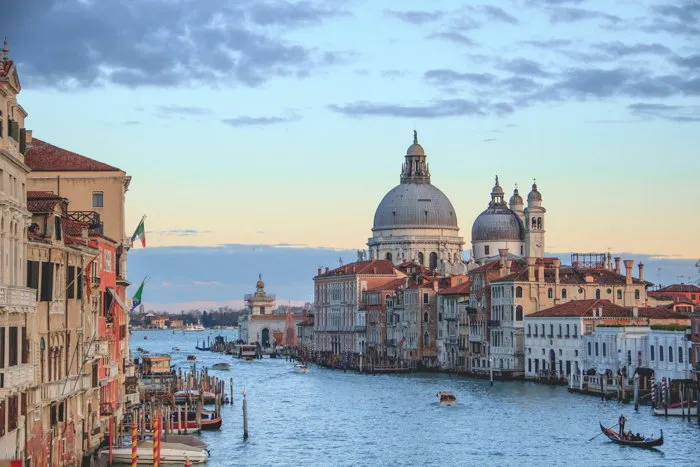Social media plays a complicated role in the fame game. It can be used to publicize good information about where to go and how to behave but can also be used to spread information about overrun destinations or undesirable behaviors.
In addition, social media may misrepresent places - making them appear quiet or untouched when in fact they are bustling or crowded. Destination management organizations commonly expressed a feeling of being constantly behind the curve in balancing user-generated content (UGC) with official information from the destination. Many destination marketers simply don't have the time, resources or spending power to address or counter the flood of UGC with their own messaging.
The extremely wide reach of social networks also sparks fear that places will go viral too quickly for a destination to manage the resulting swarms of users visiting trendy areas.
Though these cases are likely to be fueled by a minority of travelers, that's expected to grow over time as social media gains even more traction. According to Phocuswright's travel research report Far From the Madding Crowd? The Truth About Overtourism and Dispersal, just 22-30% of travelers said they make a specific effort to go to the places featured from their personal networks, discovery feeds or from influencers.

However, travelers ages 18-34 are most likely to say that trait describes them well. So the trend is likely to increase as this digitally comfortable population becomes a larger part of the overall traveler population. Destination managers need to account for a long-run trend of social media affecting traveler decisions.

Some travelers choose tours and activities based on the opportunity to get good photos, which may cause traffic jams or tourist bottlenecks when done in inopportune places.
While many of these photos may land on social media and can appear to have been taken for status or the recognition of having visited a special place, travelers are not motivated by social media presence alone.
In most markets, travelers ages 55-plus, who use social media infrequently, show similar likelihood to their younger counterparts for choosing in-destination activities for the sake of taking photos. The desire to capture a moment - and all the attendant issues that causes - need to be addressed, apart from simply discouraging people to produce less social media content.Ê
While travelers may not be going to places just because they're famous, the fame card can determine what lands in their consideration set.
Travelers aren't necessarily aware of alternative destinations, especially if information on them is hard to find. From that perspective, encouraging dispersal is not necessarily a challenge of overcoming a quest for status or visiting famous places, but a battle of pushing awareness and reducing barriers to finding equal-value alternatives that satisfy both sustainability and travel needs.
For dispersal across tours, activities or attractions, there's an opportunity to show how alternative tours, activities or sites could cater to traveler interest and satisfy their trip goals, instead of following a generic checklist of things to see and do.
Overtourism taxes travelers, destinations and locals alike. Often overlooked as a key sustainability facet, crowd management and visitor volume control has become vital in the current conservation and green development conversations.
In its milder form, overtourism is a nuisance. At its extremes, it can threaten access to critical or even life-saving resources. Consumers may express a desire to support sustainable travel, but like with other green-focused measures, there is limited follow-through, and particularly so regarding overtourism.
While many destinations aim to employ innovative solutions, too many are playing catch up against tidal waves of eager visitors. With ever-increasing numbers of tourists and renewed confidence in international trips, the need to rein in overtourism proactively is more essential now than ever.
Learn more! Phocuswright's Far From the Madding Crowd? The Truth About Overtourism and Dispersal is part of a comprehensive consumer research study focused on sustainability in the modern travel environment.
